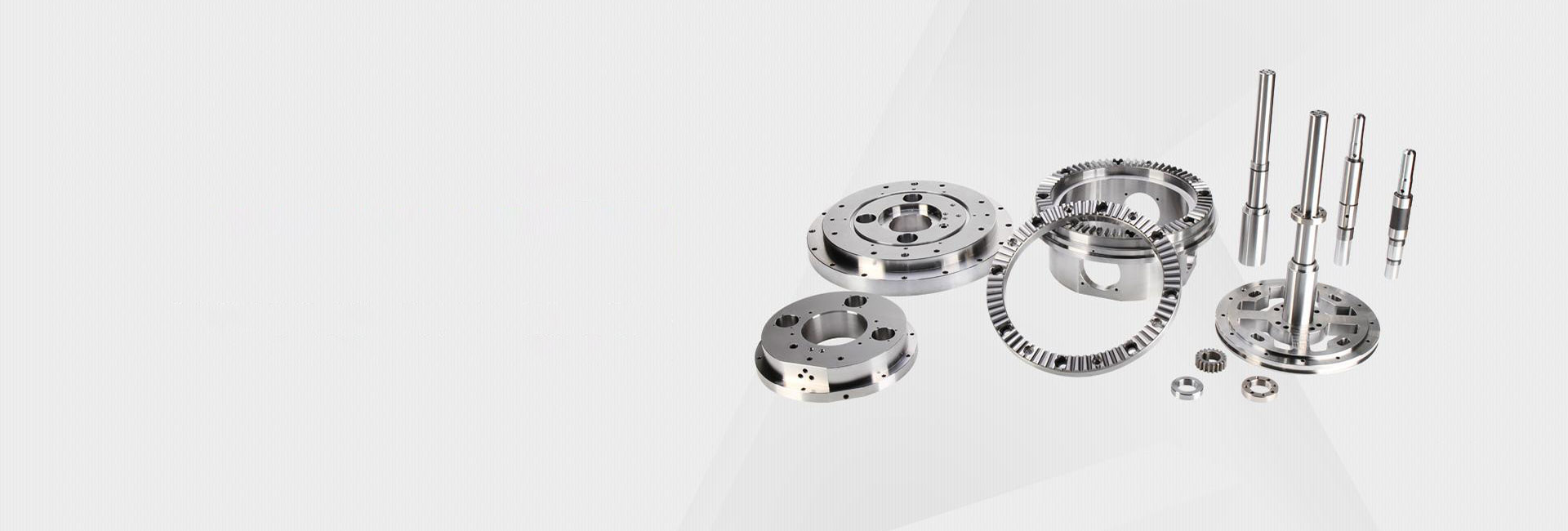Wat is niet-standaard CNC-bewerking? Een uitgebreide gids voor kopers
Worstelen om te vinden off-the-shelf components that perfectly fit your unique project? 😩 You're not alone. Many engineers and procurement managers hit this wall, where standard parts just don't cut it. This is where the magic phrase – non-standard part CNC machining – comes into play. But what exactly does it mean, and how can it solve your specific problems? Let's dive in and unpack everything you need to know.
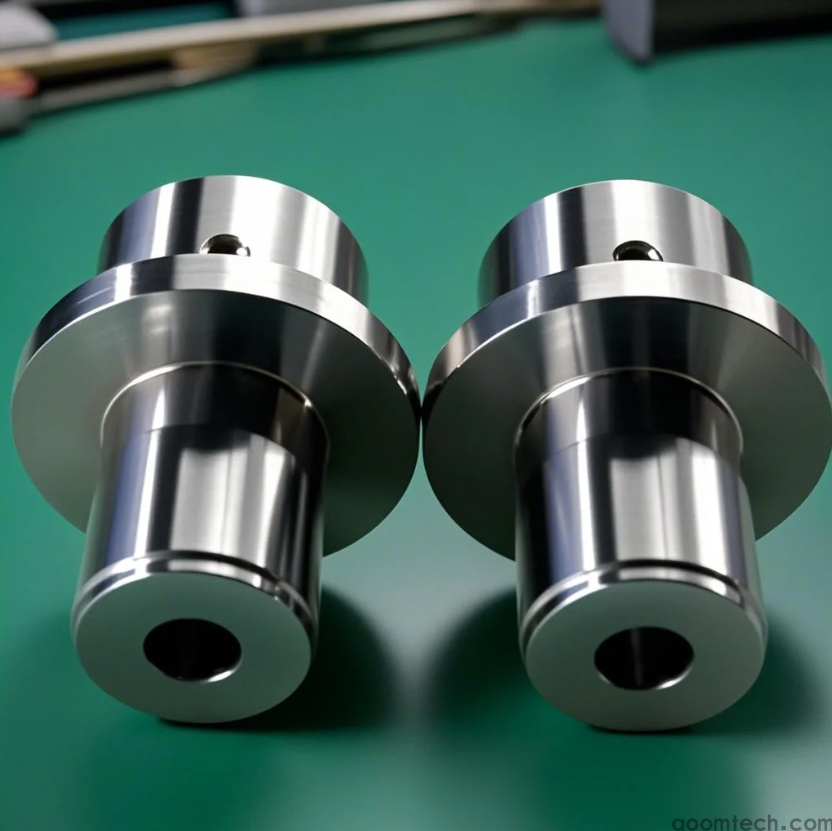
Wat is precies niet-standaard CNC-bewerking van onderdelen? 🤔
Simpel gezegd, non-standard part CNC machining is the process of creating custom, one-of-a-kind components that you can't buy from a regular catalog. Think of it like tailoring a suit versus buying one off the rack. While standard parts are mass-produced for general use, non-standard parts are designed and manufactured from scratch to meet your exact specifications—be it a unique shape, a specific material, or a tight tolerance that's critical for your assembly.
De belangrijkste kenmerken zijn vaak:
- Unieke geometrieën: Onderdelen met complexe contouren, interne kanalen of onregelmatige vormen.
- Specifieke Materiële Eisen: Een bepaalde kwaliteit aluminium, roestvrij staal of technisch plastic nodig.
- Precisietoleranties: Afmetingen die aan extreem strakke limieten moeten worden gehouden.
Waarom zou u kiezen voor aangepaste CNC-bewerking? 💡
De beslissing om op maat te gaan, gaat niet alleen over noodzaak; het is vaak een strategische zet. Hoewel het misschien gemakkelijker lijkt om een bestaand onderdeel aan te passen, kan dat leiden tot compromised performance and extra costs down the line. Custom machining gives you a part that is optimized for its job from day one. This can lead to better efficiency, longer product life, and fewer headaches during assembly. However, it's fair to say that the upfront time for design and prototyping can be a consideration.
Veelvoorkomende scenario 's waar het schittert:
- Prototyping van nieuwe producten: Wanneer je een gloednieuw apparaat bouwt.
- Vervangen van verouderde onderdelen: Wanneer de oorspronkelijke fabrikant een onderdeel niet meer levert.
Prestaties Optimalisatie: Wanneer een standaard onderdeel de zwakke schakel in je systeem is.
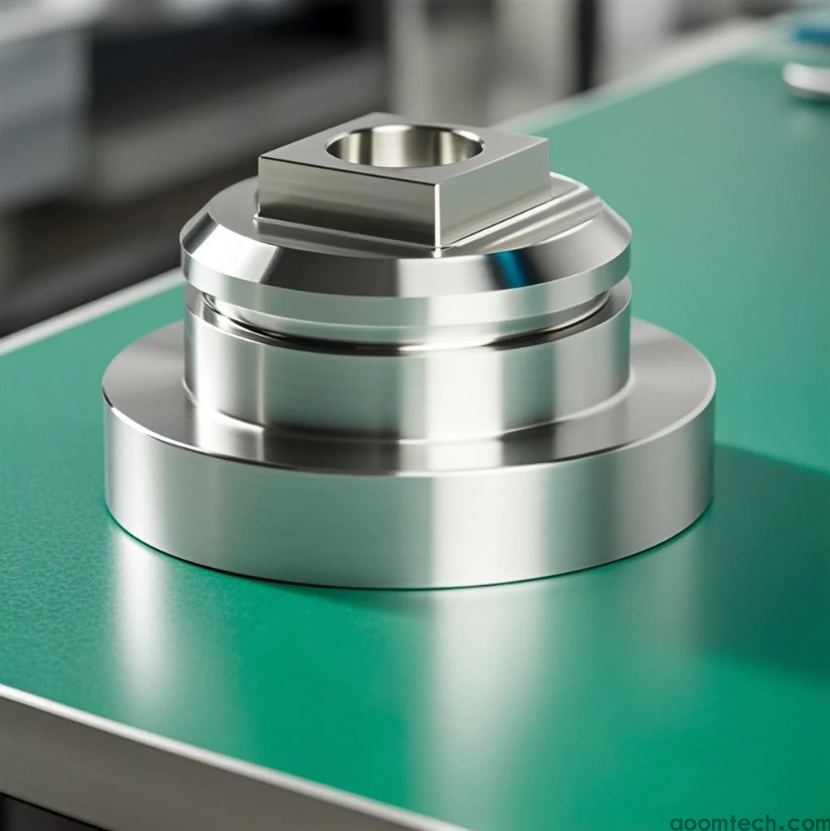
De stapsgewijze reis om een aangepast onderdeel te laten maken 🔧
Benieuwd hoe het proces eigenlijk werkt? Het werkt meer samen dan je zou denken. Het is niet alleen het verzenden van een tekening en wachten. Een goede verspanende partner zal met u samenwerken in verschillende belangrijke fasen. Ik heb gemerkt dat duidelijke communicatie hier de echte sleutel tot succes is, soms zelfs meer dan de technische specificaties.
1. Het Ontwerp & Citaatstadium: U geeft uw ideeën, schetsen of CAD-modellen. De machinist beoordeelt ze voor manufacturability—this is huge. They might suggest small changes that make the part easier and cheaper to produce without affecting its function. You'll then get a quote and lead time.
2. Het machinaal bewerken & Kwaliteitscontrole: Zodra u het goedkeurt, gaan de CNC machines aan de slag. Maar daar houdt het werk niet op. De onderdelen worden dan gemeten en geïnspecteerd aan de hand van uw tekening. Dit quality control step is what separates a reliable supplier from the rest, though the specific measurement techniques and equipment used can vary quite a bit between workshops.
3. Levering en Terugkoppeling: U ontvangt uw onderdelen. Een goede samenwerking houdt feedback in om ervoor te zorgen dat alles perfect is voor de volgende bestelling.

Waar u op moet letten bij een CNC-bewerkingspartner 👥
Het kiezen van de juiste winkel is cruciaal. Het gaat er niet alleen om wie de laagste prijs geeft. Je hebt een partner nodig die je kunt vertrouwen. Uit mijn ervaring komen de beste resultaten van winkels die veel vragen stellen - het laat zien dat ze betrokken zijn en kritisch nadenken over uw project.
Hier zijn een paar dingen om in gedachten te houden:
- Communicatie is de sleutel: Reageren ze snel en duidelijk?
- Technische expertise: Kunnen ze het proces uitleggen en suggesties doen?
- Kwaliteitsborging: Praten ze over hun inspectieproces?
- Portfolio & Ervaring: Hebben ze eerder vergelijkbare onderdelen gemaakt?
Onthoud dat het doel is om een relatie op te bouwen, niet alleen om een enkele transactie te voltooien. Deze focus op long-term collaboration and consistent quality is perhaps the most critical factor for businesses that rely on a steady supply of precision parts.
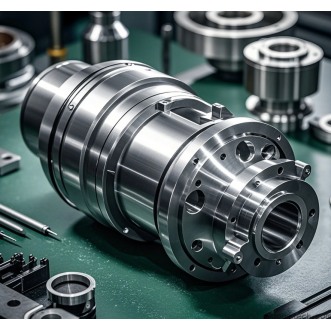 Precisie hydraulische montage CNC-bewerking: wat maakt het b
Precisie hydraulische montage CNC-bewerking: wat maakt het b
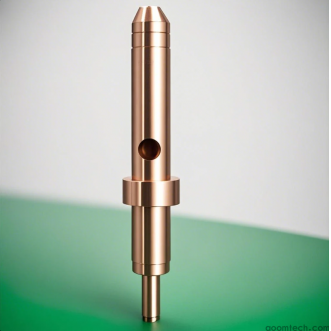 Hoge Precisie Medisch Deel CNC Machining: Een Gids voor Kwal
Hoge Precisie Medisch Deel CNC Machining: Een Gids voor Kwal
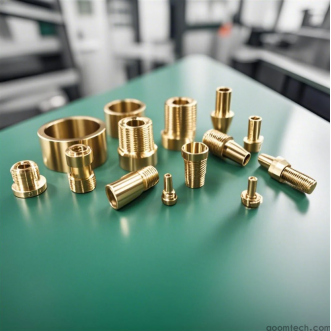 Welke tolerantie kunt u verwachten van CNC die op maat gemaa
Welke tolerantie kunt u verwachten van CNC die op maat gemaa
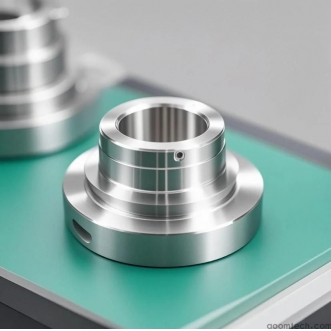 Hoeveel kost een klein CNC-bewerkingsproject? Een praktische
Hoeveel kost een klein CNC-bewerkingsproject? Een praktische


